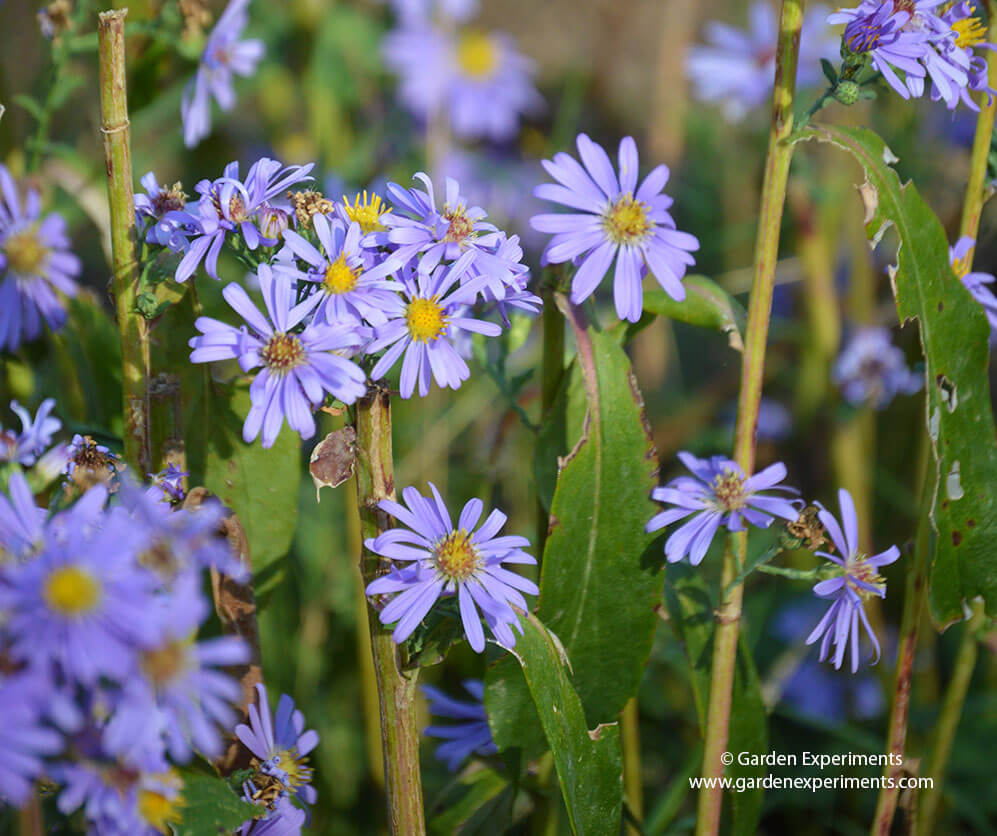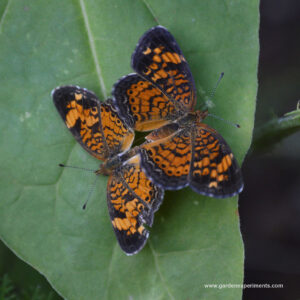Fall in the southeast still tends toward the warmer temps, which means that bees and butterflies are still hanging around. The scorching heat and sun of the late summer has often killed off many of the most prolific flowering plants, meaning there are less flowers for the pollinators to feed on.
Adding a few fall-flowering plants can provide a food source for pollinators and add some extra beauty to your garden for the season.
How to Grow Fall Asters (Symphyotrichum spp. and Aster spp.)
For the best color and performance, grow these plants in full sun and make sure they get watered well until they are established. After establishment, be sure to keep the asters from drying out – so during droughts, you’ll need to do a little more watering.
Most asters are hardy in zones 4 to 8 (look for natives for your best bet) and they are perennial! Flowers come in purple, pink, red and white – though purple seems to be the most commonly found color. Plant height can range from 6 to 8 inches to several feet, depending on the variety you are growing. If you get one of the taller varieties, tying them to a stake will help keep them upright and the blooms facing upwards.
Growing conditions for fall asters
- Full sun
- Even watering
- Well-drained soil
Native Fall Asters
There are several native fall asters which are often purple in color. These are going to be easy to grow and hardy in your area, so if you want an easy to grow fall blooming plant, seek out the natives for the best option. Mix them in with goldenrod (Solidago spp) for an amazing color combination.
Wildlife Food Source
These plants are a source of nectar for bees and butterflies, and in particular, the monarch butterfly. It is also the host plant for the caterpillars of the pearl crescent and checkerspot butterflies.
How to Avoid an Unkempt, Leggy Aster Plant
My biggest complaint about fall asters is that they can get very leggy unless you actively pinch back the young growth to make the plant have a more full and rounded appearance. People that buy a plant from their garden center in fall get a nice, kempt plant with lots of flowers. When it grows back next year, they may be surprised to see very tall spikes with multiple flowers up and down the height of the branch. So, if you want a repeat performance of the plant you bought at the garden center, be sure to keep on top of pinching the young shoots as they grow.



